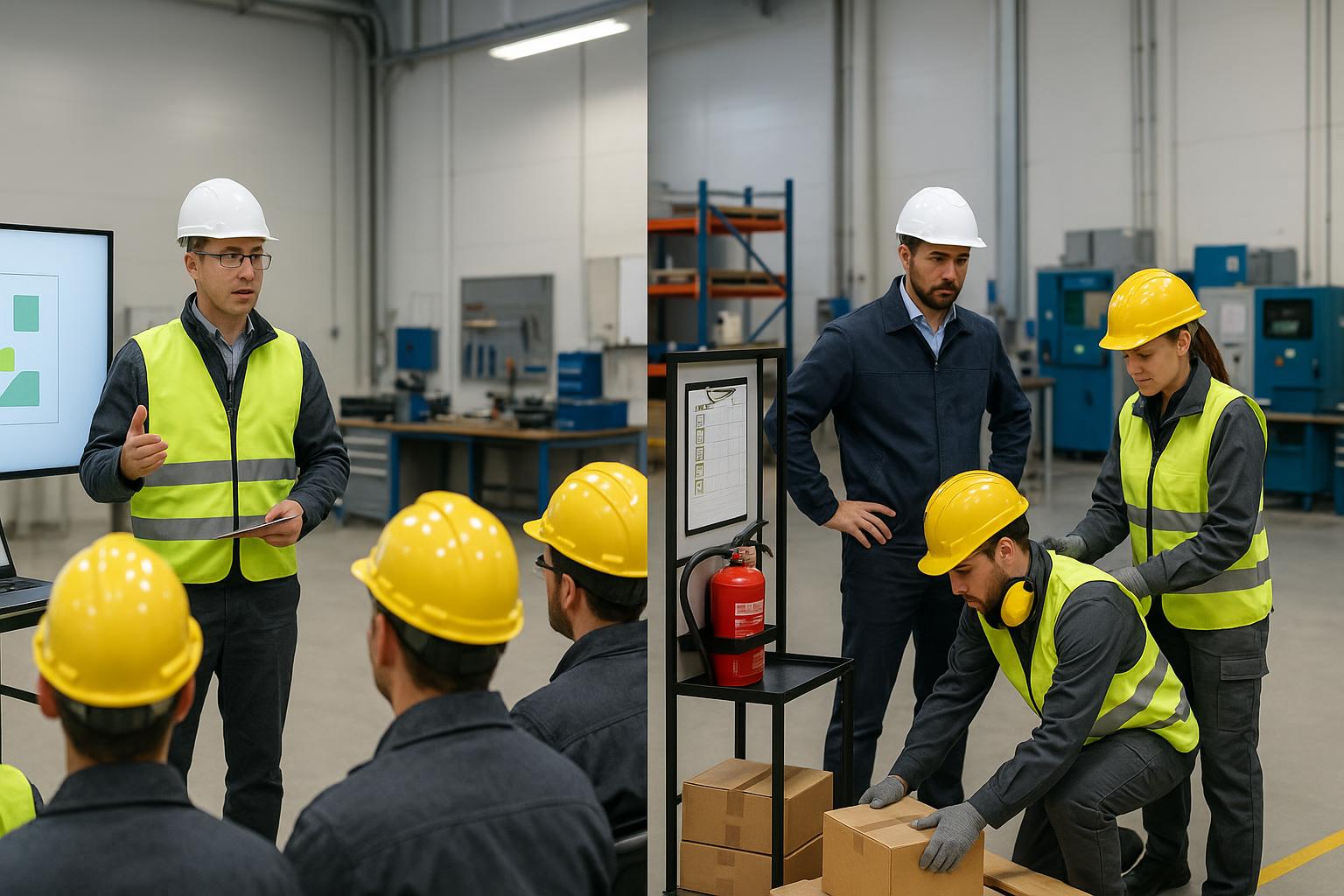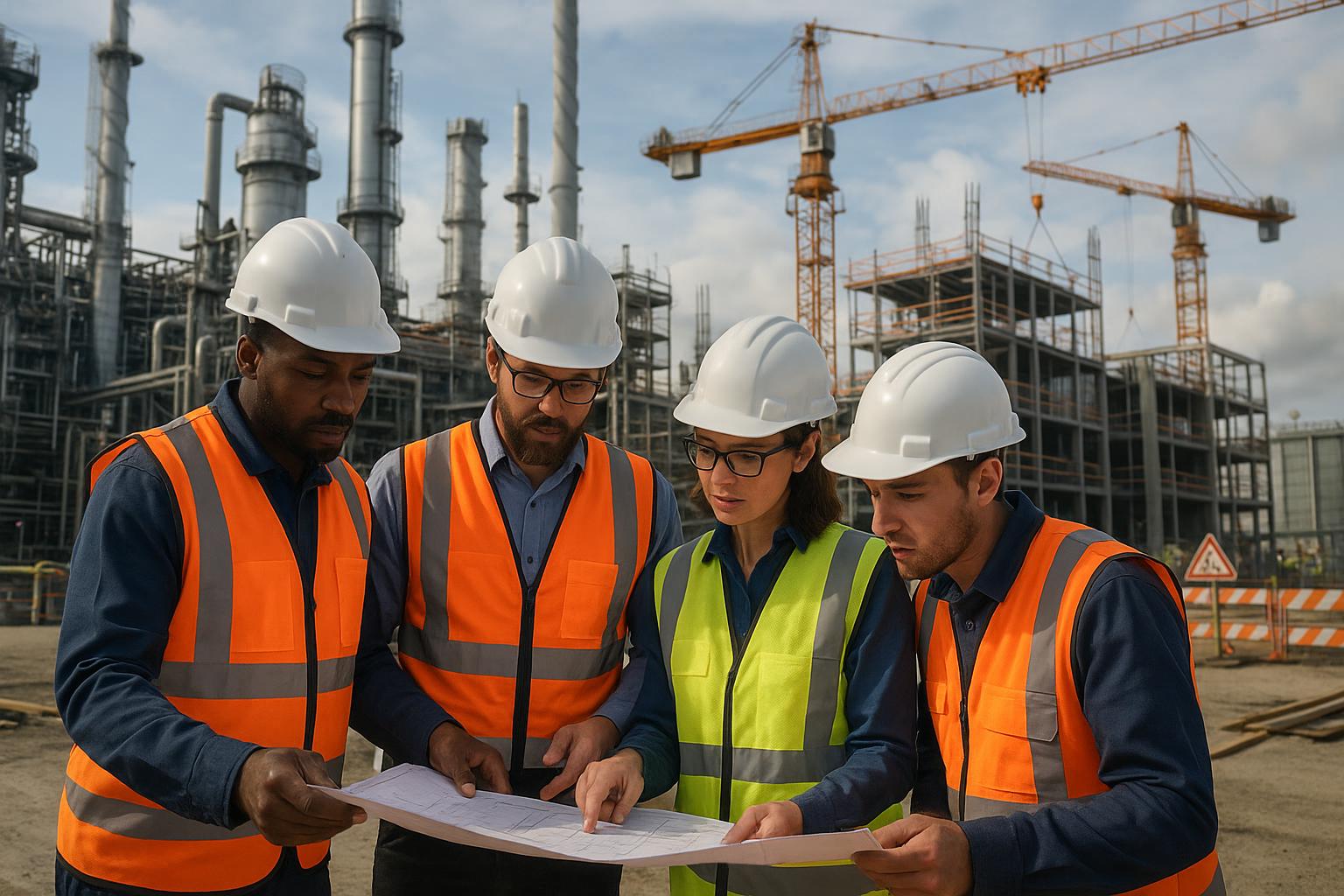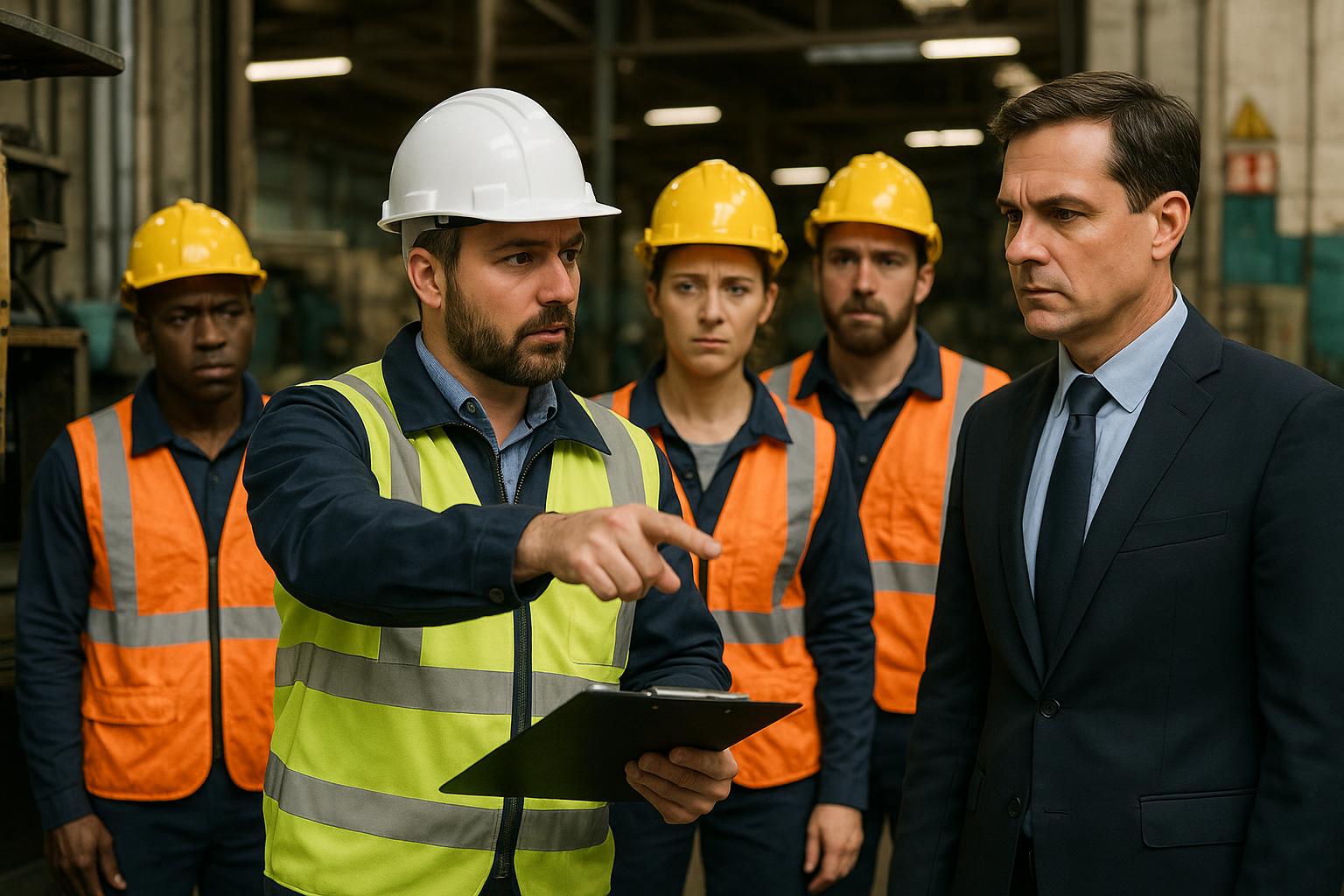Ensuring Employee Wellness: The Importance of Proper Lifting Equipment
1. Preventing Injuries
Reducing Strain: Proper lifting equipment minimizes the physical strain on employees, reducing the risk of musculoskeletal disorders (MSDs).
Avoiding Acute Injuries: Using lifting aids helps prevent acute injuries such as sprains, strains, and herniated discs, which can occur from improper lifting techniques.
2. Enhancing Productivity
Efficiency Gains: With the right equipment, employees can lift and move heavy objects more efficiently, leading to increased productivity.
Reduced Downtime: Fewer injuries mean less downtime for employees, allowing for a more consistent workflow and less disruption.
3. Boosting Morale
Employee Confidence: When employees have access to proper lifting equipment, they feel more confident in their ability to perform tasks safely.
Job Satisfaction: A safe working environment contributes to higher job satisfaction and overall morale, as employees feel valued and protected.
4. Compliance with Regulations
Meeting OSHA Standards: Proper lifting equipment ensures compliance with Occupational Safety and Health Administration (OSHA) regulations, which mandate safe handling practices to prevent workplace injuries.
Avoiding Penalties: Adhering to these regulations helps companies avoid potential fines and penalties associated with non-compliance.
5. Types of Lifting Equipment
Manual Handling Aids: Items such as hand trucks, dollies, and pallet jacks that help employees move heavy loads with minimal effort.
Mechanical Lifting Devices: Equipment like forklifts, hoists, and cranes designed for heavier loads that cannot be safely handled manually.
Ergonomic Tools: Devices such as adjustable height workbenches and lift tables that reduce the need for bending and reaching, thereby minimizing strain.
6. Training and Education
Proper Use: Employees must be trained on the correct use of lifting equipment to maximize safety and efficiency.
Ergonomic Principles: Training should include ergonomic principles to help employees understand the importance of body mechanics in preventing injuries.
7. Routine Maintenance
Regular Inspections: Regular maintenance and inspections of lifting equipment ensure that all devices are in good working condition and safe to use.
Immediate Repairs: Addressing any issues promptly prevents accidents and prolongs the lifespan of the equipment.
8. Customized Solutions
Assessing Needs: Conducting workplace assessments to identify specific lifting needs and selecting appropriate equipment accordingly.
Tailored Equipment: Investing in customized lifting solutions that cater to the unique requirements of different tasks and work environments.
9. Long-Term Benefits
Sustainable Health: Investing in proper lifting equipment promotes long-term employee health and well-being.
Cost Savings: Reducing the number of workplace injuries lowers medical costs, workers’ compensation claims, and related expenses.
10. Case Studies and Success Stories
Real-World Examples: Sharing examples of companies that have successfully implemented proper lifting equipment to improve employee wellness and productivity.
Lessons Learned: Learning from others’ experiences to continuously improve workplace safety and health practices.
By prioritizing proper lifting equipment, companies can create a safer, more productive, and more satisfying work environment. This not only protects employees from injuries but also enhances overall business performance and compliance with safety regulations.



